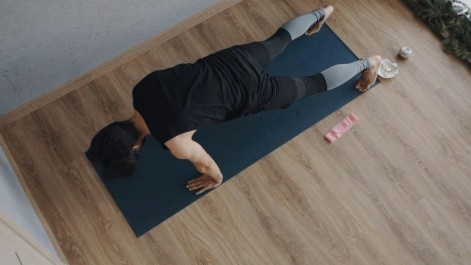Suicide Risk in Older Adults
By Alma Urbitztondo, MAPSY
The older adult looks back at life, viewing it as either a meaningful, productive, and happy experience or a major disappointment full of unfulfilled promise and unrealised goals. One’s life experiences, particularly social experiences, determine the outcome of this final life crisis.
Tan, Lim, and Ong (2021) emphasized in their study that old age is a period associated with losses in many forms such as: deterioration of physical health; worsening sensory impairment; deteriorating cognition; inability to perform usual roles which may lead to a sense of loss of self. Losses can include; financial issues (increased healthcare expenses and having limited income), fear of burdening family members; and social isolation/living alone which has often been the result of losing friends and family or having to relocate..
Risk factors are depression and other mental health problems; substance abuse problems (including prescription medications); physical illness, disability, and pain; social isolation; history of psychiatric illnesses and suicide attempts. Predisposing factors include heredity, genetics and brain chemistry.
Geriatric depression is a mental disorder affecting older adults and includes feelings of sadness, feelings of worthlessness, irritability, crying spells, withdrawal, fatigue, and suicide/suicidal ideations.
The diagnostic criteria for geriatric depression is the same diagnostic criteria for major depressive disorder and there may be a precipitating factor; a specific event or trigger to the onset of the current problem.
Suicide amongst older adults is common and a study in Singapore reported that the suicide rate is about 31.3 per 100,000/year among old per year among elderly individuals. The number of suicides among elderly individuals has continued to increase and reached the highest record of 129 suicides in 2017. Unfortunately, the person who simply withdraws and refuses to eat is not counted amongst these statistics and if they were the number would be a great deal higher.
Suicidal behaviour is common in older adults for several reasons and one of the biggest reasons is loneliness. Some elderly may have thoughts of wanting to die while others may have a specific plan of acting on their suicide thoughts.
A suicide attempt is an act of non-fatal self-injury performed with an intent to die as a result of the behaviour.
Self-harm is a self-injurious act done without suicidal intention. The primary intention in such acts is to relieve unbearable emotions, sensations of unreality or feelings of numbness.
In 2018 there were 623 suicide deaths in Aotearoa New Zealand. The age-standardised rate of suicide deaths was 12.1 per 100,000 population.
From 2009 to 2018, the change in the rate of suicide deaths was not statistically significant, from 11.5 per 100,000 population in 2009 to 12.1 per 100,000 population in 2018.
During this period, the highest suicide rate was in 2012 with a rate of 12.4 per 100,000 population. The lowest rate was in 2014 with a rate of 10.8 per 100,000 population.
As a healthcare worker, you provide support to the elderly daily and will observe changes in mood and behaviour. It is important to assess, record and report any symptoms, mood, behaviour, and changes in daily activities. Updating behaviour records, progress notes will assist and help professionals in assessing and referring the person to the doctor for proper diagnosis of geriatric depression.
It will also assist professionals in assessing and referring the person to a doctor for proper diagnosis of geriatric depression.
When changes in the person’s mood and behaviour are observed they may be asked about;
How long they have been feeling depressed?
What brought on the depression?
If they have experienced depression in the past.
A person must display symptoms of depression for at least 2 weeks to be diagnosed with the condition.
Report observations as per organisational policies and procedures.
Depression is common in the older person, they have and are loosing a lot. Changes in their own being and in their environment are occurring frequently and he person probably does not have the energy to cope and may not have the support. Suicide is a desperate measure, and the frequency is not realised.
Back to Blog







